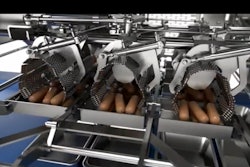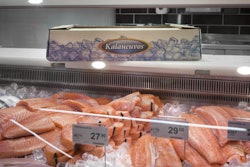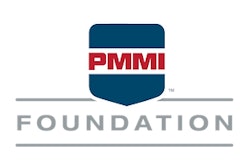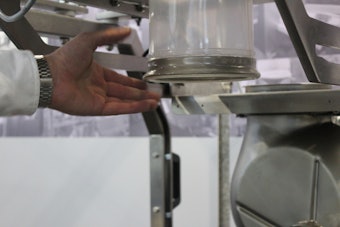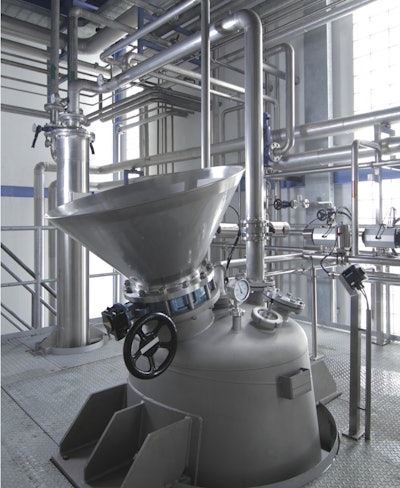
The value of the meat and poultry machinery market is estimated to have been $1.4 billion in 2016 in the United States; IHS Markit forecasts it to grow with 2.1% CAGR from 2016 to 2021.
Over the last three years, there has been an estimated 600% rise in Americans identifying themselves as vegans – now accounting for 6% of the population of the United States – according to Global Data. This is supplemented by others that have moved to a variety of other diet types such as pescatarian or low meat diet. In spite of this shift growth in meat and poultry machinery demand continues, while types of meat consumed has shifted.
The consumption of chicken, turkey, and duck has increased in the United States over the past few years following concern over consuming red meat and health awareness in the country in the young population. According to the USDA, chicken consumption per capita has increased over the past few years from 89.3 pounds in 2015 to 91 pounds in 2016. Prices for poultry meat are much lower than for beef and pork, and the costs of processing poultry meat are also lower.




